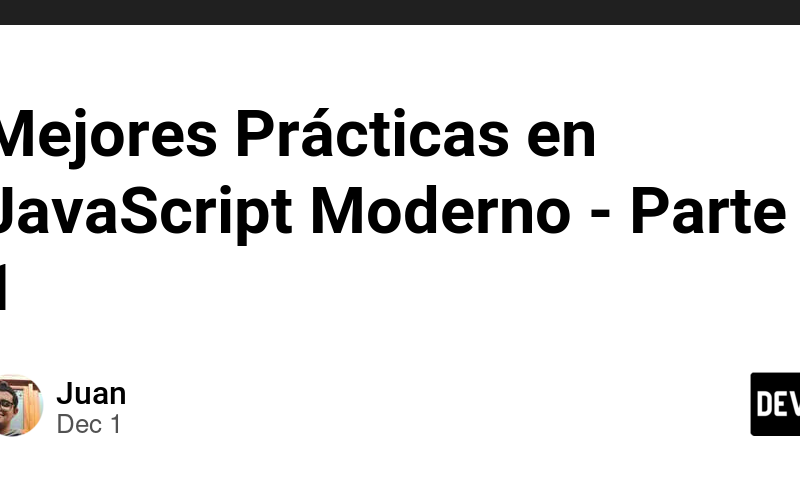02
Dec
In the fast-paced world of software development, ensuring quality requires approaches that adapt to changing requirements and uncover unexpected issues. Exploratory testing is one such method, emphasizing discovery, learning, and adaptability. This article delves into exploratory testing, its importance, and best practices to maximize its benefits. What Is Exploratory Testing? Exploratory testing is a hands-on software testing method where testers design and execute tests simultaneously. Instead of relying on predefined scripts, testers dynamically interact with the application to uncover issues, leveraging their skills and intuition. This approach prioritizes understanding the software while actively seeking out defects. Key Characteristics of Exploratory…










